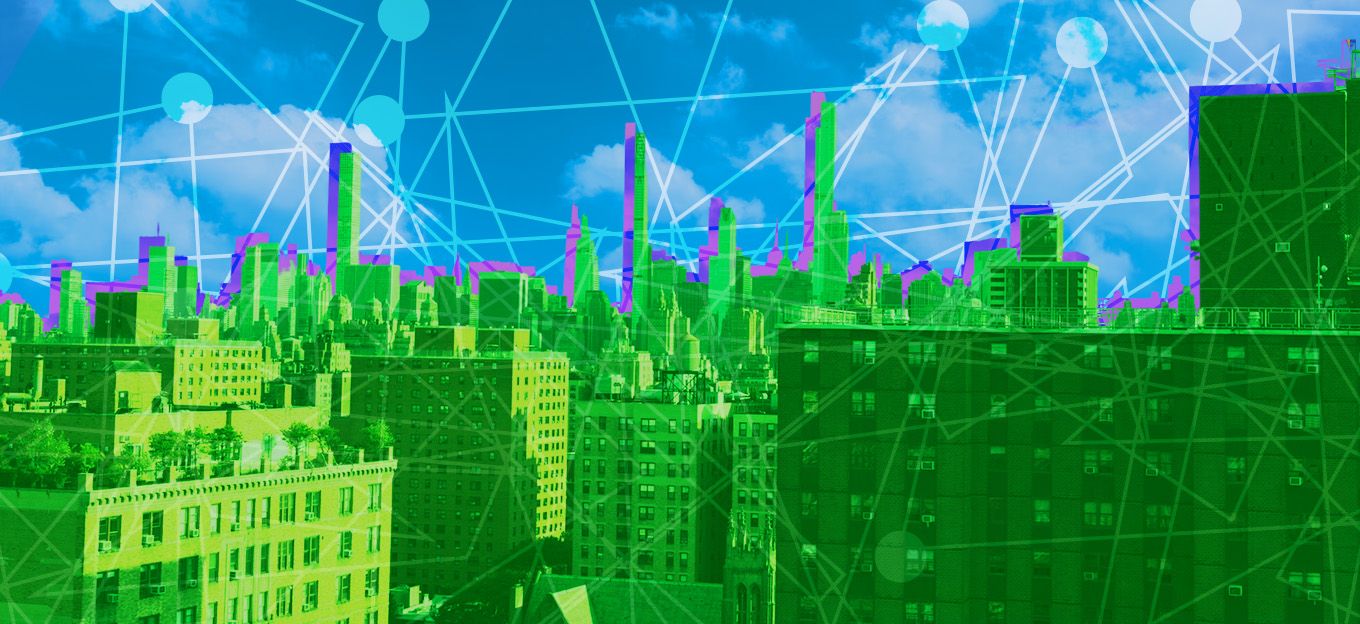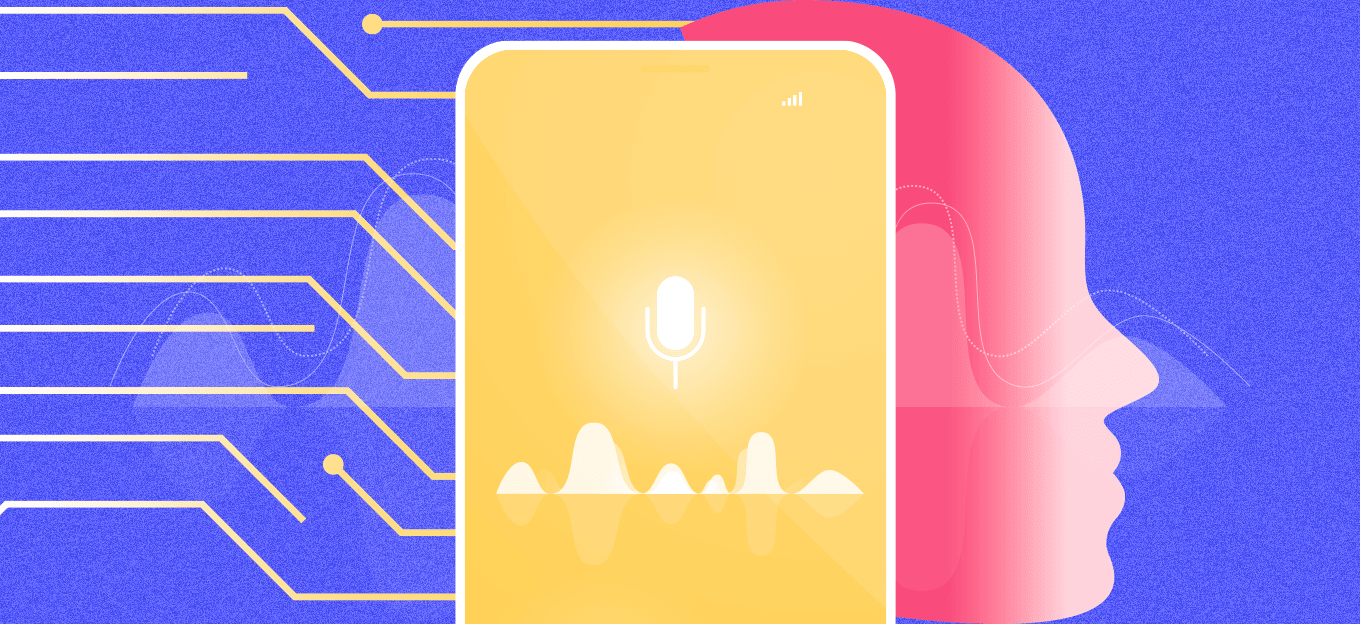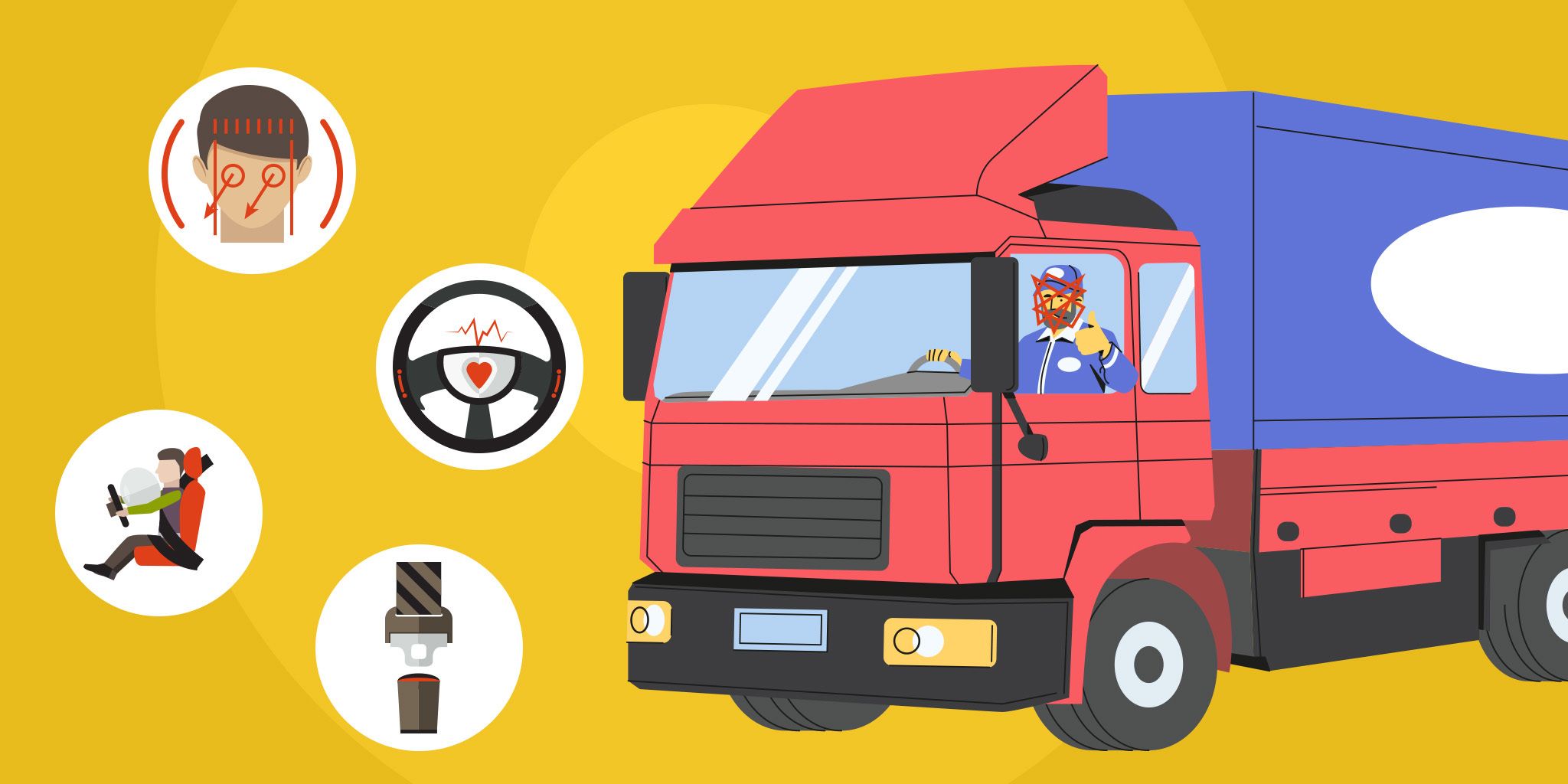How AIoT Can Help Reduce CO2 Emissions in Four Phases
How AIoT Can Help Reduce CO2 Emissions in Four Phases
- Last Updated: March 20, 2025
Libelium
- Last Updated: March 20, 2025



Cities have grown rapidly in a very short time.
We see new cities designed from scratch with a focus on sustainability. The linear city of Neom in Saudi Arabia and the ring of Dogen City in Japan are examples of this.
It seems as if we have given up on the cities in which we truly live.
We are trapped in a vicious circle of pollution and inaction that seems difficult to escape. Cities are magnets for people. Without a good public transport network, these people are forced to travel in petrol cars. More people means more cars; more cars mean more pollution; more pollution means more heat. Cities are heat islands. Unbreathable.
This vicious circle can be interrupted by effective environmental policies, investments in clean technologies, smart urban planning, and an informed and active citizenry.
And with Artificial Intelligence.
AIoT to Reverse the Vicious Circle
The Internet of Things (IoT) monitors the different parameters that determine quality, but it is Artificial Intelligence (AI) that transforms this data into concrete actions.
Let's see how AIoT works in mitigating CO2 emissions:
Phase 1: Monitoring Air Quality Parameters with IoT Solutions
The foundation of this whole process is monitoring. Here, an IoT sensor network is used to collect real-time data on atmospheric pollutants.
Key Point: Sensors are distributed in strategic locations to get a detailed view.
Where AI comes in: Once the IoT sensors gather the data, AI can process it in real time, identify pollution patterns, and send instant alerts when abnormally high levels of pollutants are detected. For example, if a spike in NO2 is identified, AI could automatically alert the relevant authorities.
Phase 2: Assessment of Air Quality Impact
Once we have the data, it is essential to understand what they mean. This phase focuses on how these pollution levels affect people and the urban environment.
Key Point: It is crucial to correlate pollutant levels with real impacts on health, the environment, and the economy.
Where AI comes in: AI can correlate air quality data with other available data, such as hospitalizations for respiratory issues, to determine the direct impact of pollution on public health. Moreover, using machine learning techniques, AI could predict how certain pollution levels will affect health in the coming days.
Phase 3: Cost-benefit Assessment
Not all measures have the same cost or impact. Here's where the actions that offer the best return in terms of public health and environmental quality are analyzed.
Key Point: It's necessary to weigh the investments against the expected benefits.
Where AI comes in: Using predictive analytics, AI can model different intervention scenarios, evaluating which measures will provide the most significant benefits concerning their cost. For instance, it might determine that investing in infrastructure for bicycles has a higher ROI in terms of improving air quality and public health than other investments.
Phase 4: Actions for Pollution Control
With all this information, concrete actions are taken. This could include creating low-emission zones and promoting public transport, among others.
Key Point: Measures must be flexible and adjusted based on data feedback.
Where AI comes in: After implementing measures, AI can continue to monitor air quality and adjust actions in real time. For example, relocating air quality measurement stations to get better data or detecting blind spots in the city.
Artificial Intelligence for Real Decisions
The potential of AI to make sense of large volumes of data, detect patterns, make predictions, and suggest actions makes the task of authorities in making informed decisions easier.
We need to enter this virtuous spiral as soon as possible if we want to mitigate climate change in smart cities.
And we need to do it now.
The Most Comprehensive IoT Newsletter for Enterprises
Showcasing the highest-quality content, resources, news, and insights from the world of the Internet of Things. Subscribe to remain informed and up-to-date.
New Podcast Episode

Moving Past the Pilot Phase in IoT and AI
Related Articles





